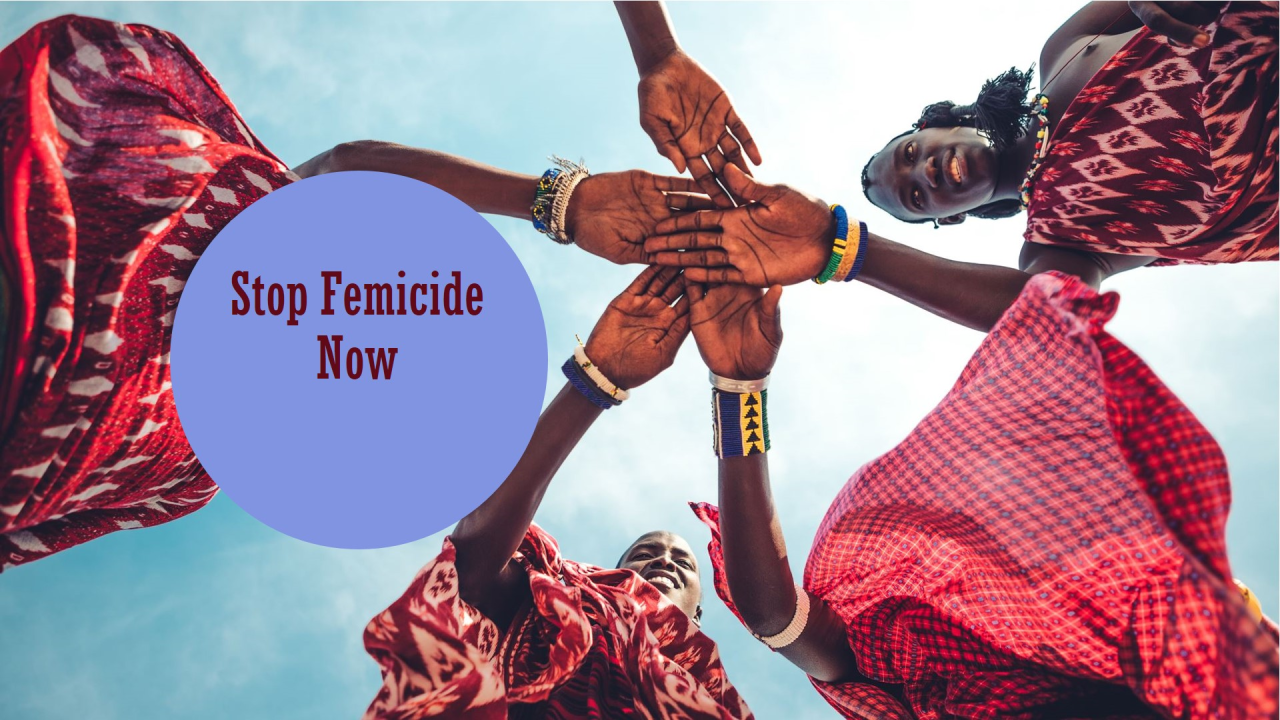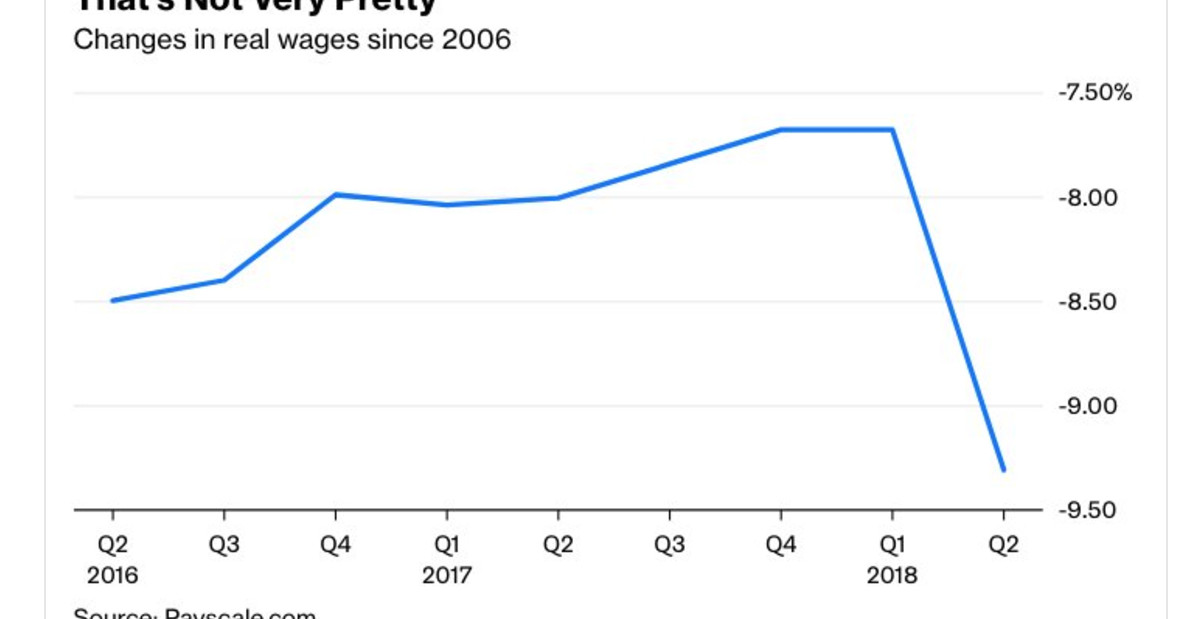Understanding Femicide: A Deeper Look Into The Growing Global Problem

Table of Contents
The Global Landscape of Femicide: Prevalence and Patterns
Femicide, the killing of women because they are women, manifests differently across the globe. Analyzing global femicide statistics reveals stark regional disparities. Data from the UN Office on Drugs and Crime (UNODC) and the World Health Organization (WHO) consistently show alarmingly high rates in certain regions, particularly in Latin America and the Caribbean. These regions consistently report some of the highest rates of femicide globally, highlighting the critical need for targeted interventions. The term "feminicide" is often used interchangeably with femicide, and both refer to the same violent act.
Understanding the variations in femicide rates requires considering numerous interwoven factors. Cultural norms, deeply ingrained patriarchal structures, and the prevalence of gender inequality play significant roles. Weak legal frameworks, inadequate law enforcement, and a lack of protection for women further exacerbate the problem. Socio-economic factors, such as poverty and lack of educational opportunities, also contribute significantly to the vulnerability of women.
- High Femicide Rates: Countries in Latin America, such as Mexico, Brazil, and Colombia, consistently report high femicide rates, often linked to high levels of gender inequality and impunity for perpetrators.
- Low Femicide Rates: While less prevalent, many countries in Northern Europe show lower femicide rates, often correlated with strong legal frameworks, comprehensive support services for victims, and a greater emphasis on gender equality.
- Studies show a strong correlation between: High rates of domestic violence, weak legal protections for women, and limited access to resources and support services, all contributing to higher femicide rates.
Root Causes and Contributing Factors of Femicide
Femicide is not a singular event but a culmination of deeply rooted societal and individual factors. The root causes of femicide are complex and interconnected, involving the interplay of gender inequality, patriarchal norms, and misogyny.
Societal Factors:
- Patriarchal Structures: Societies that uphold patriarchal systems, where men hold dominant positions and women are relegated to subordinate roles, create an environment where violence against women is normalized and tolerated.
- Gender Inequality: Unequal power dynamics between genders, manifesting in economic disparities, limited access to education and employment, and lack of political representation, significantly increase women's vulnerability to violence.
- Harmful Traditional Practices: Certain cultural practices, including early marriage, forced marriage, and honor killings, directly contribute to the risk of femicide.
- Normalization of Violence: The widespread acceptance or tolerance of violence against women in society creates a climate where femicide becomes more likely.
Individual Factors:
-
Controlling Behavior: Perpetrators often exhibit controlling behavior, isolating victims from their support networks and restricting their freedom.
-
Possessiveness and Jealousy: Extreme possessiveness and jealousy, fueled by patriarchal beliefs about ownership of women, can escalate into deadly violence.
-
Substance Abuse: Alcohol and drug abuse can significantly increase the risk of violence, including femicide.
-
Mental Health Issues: While not excusing violence, understanding the role of mental health issues in perpetrating violence can inform interventions and support systems.
-
Each of these factors, whether societal or individual, contributes significantly to the risk of femicide. Moreover, they often intersect and amplify each other, creating a devastating cycle of violence.
The Impact of Femicide on Individuals, Families, and Communities
The impact of femicide extends far beyond the immediate loss of life. The psychological and emotional toll on families and communities is profound and long-lasting. Survivors experience intense grief, trauma, and a profound sense of loss. Witnesses, especially children, often suffer severe psychological trauma that can have lifelong consequences.
- Psychological Trauma: Survivors of femicide often experience post-traumatic stress disorder (PTSD), depression, and anxiety.
- Emotional Toll: The emotional impact extends to extended family and friends, leading to social isolation, strained relationships, and difficulty in daily functioning.
- Economic Consequences: The loss of a woman’s income can significantly impact a family's economic stability, particularly in households where she was the primary breadwinner.
- Community Impact: The loss of a woman in the community creates ripples of fear, insecurity, and distrust, and can diminish community vitality.
Resources are crucial for supporting survivors and affected communities. Access to mental health services, grief counseling, and legal aid are vital in facilitating healing and promoting justice.
Strategies for Prevention and Intervention: Combating Femicide
Combating femicide requires a multi-pronged approach that addresses both its root causes and immediate triggers. Effective prevention strategies must integrate various levels of intervention.
- Addressing Root Causes: Tackling gender inequality through education, economic empowerment, and promoting gender-equitable norms is paramount.
- Legal and Policy Reforms: Strengthening laws against domestic violence and femicide, ensuring effective law enforcement, and providing protection for women are critical.
- Education and Awareness Campaigns: Raising awareness about femicide and challenging harmful attitudes and behaviors through educational campaigns is crucial in fostering societal change.
- Support Services: Providing comprehensive support services for victims of domestic violence, including shelters, hotlines, and legal assistance, can help prevent escalation to femicide.
Examples of successful programs include those focused on empowering women economically, educating men about healthy relationships, and providing comprehensive support services for survivors of violence. Policy changes such as strengthening laws related to domestic violence and femicide, improving law enforcement response, and enhancing access to justice for survivors are crucial elements.
Conclusion: A Call to Action Against Femicide
Femicide is a global crisis demanding urgent and concerted action. Its multifaceted nature requires a multi-pronged approach targeting societal structures, individual behaviors, and legal frameworks. We must acknowledge the devastating impact of femicide on individuals, families, and communities, and commit to building a world free from gender-based violence.
We can all play a part in this fight. Support organizations working to end violence against women, participate in awareness campaigns, advocate for policy changes, and challenge harmful attitudes and behaviors in our communities. Let us work together to stop femicide, fight femicide, end femicide, and prevent femicide. Together, we can create a safer world for all women.

Featured Posts
-
 Republican Tax Cuts And The National Deficit A Fact Based Assessment
May 21, 2025
Republican Tax Cuts And The National Deficit A Fact Based Assessment
May 21, 2025 -
 Texas Welcomes Peppa Pig Theme Park Details And Location
May 21, 2025
Texas Welcomes Peppa Pig Theme Park Details And Location
May 21, 2025 -
 Using Bangladeshinfo Com For Research On Bangladesh
May 21, 2025
Using Bangladeshinfo Com For Research On Bangladesh
May 21, 2025 -
 Understanding The D Wave Quantum Qbts Stock Dip On Thursday
May 21, 2025
Understanding The D Wave Quantum Qbts Stock Dip On Thursday
May 21, 2025 -
 D Wave Quantum Qbts Stocks Significant Drop In 2025 A Comprehensive Look
May 21, 2025
D Wave Quantum Qbts Stocks Significant Drop In 2025 A Comprehensive Look
May 21, 2025
